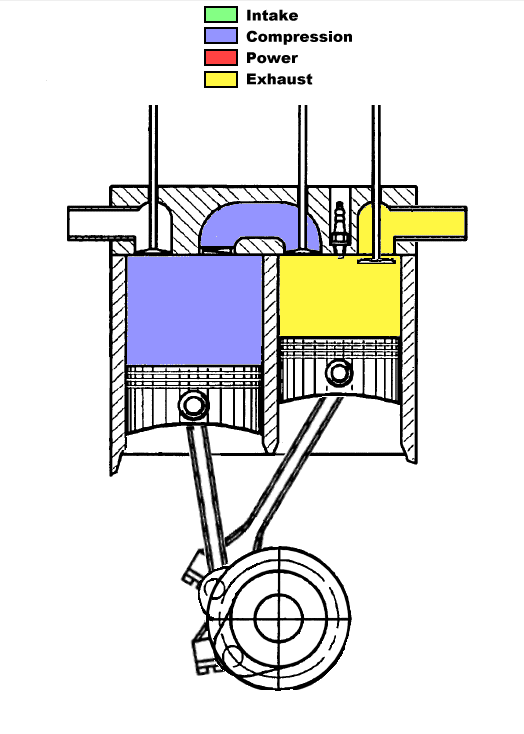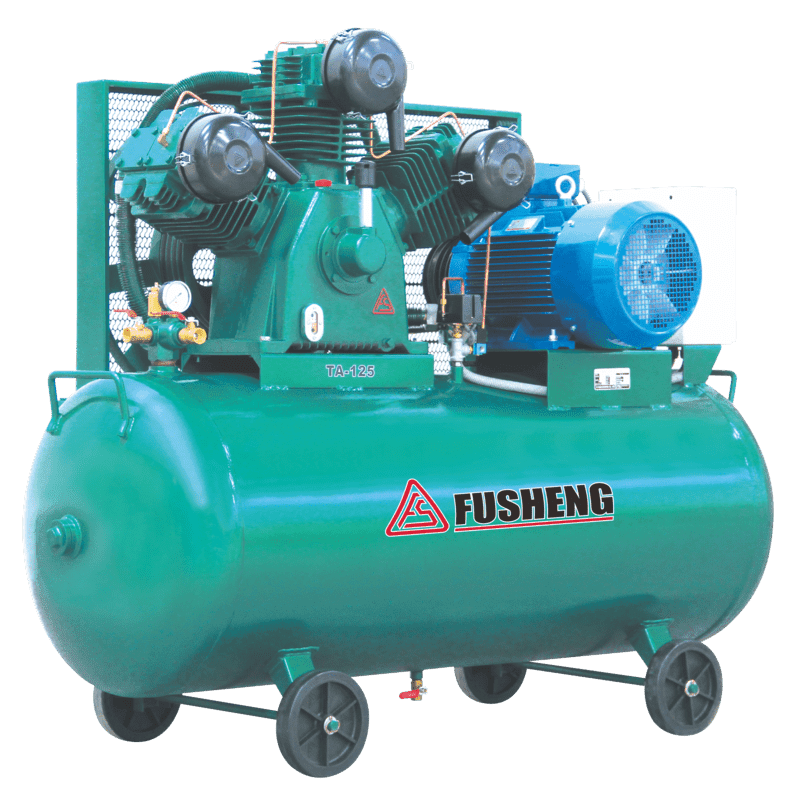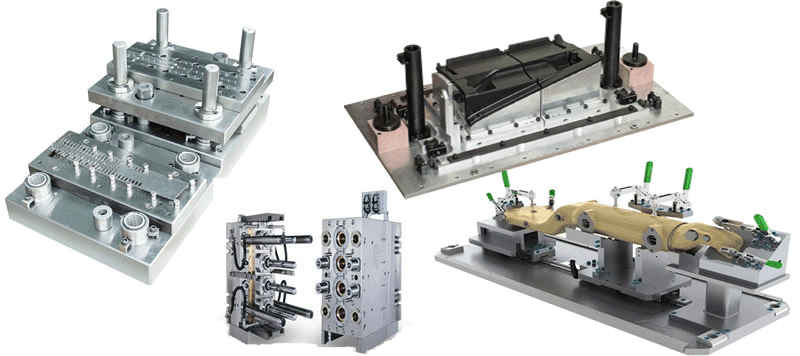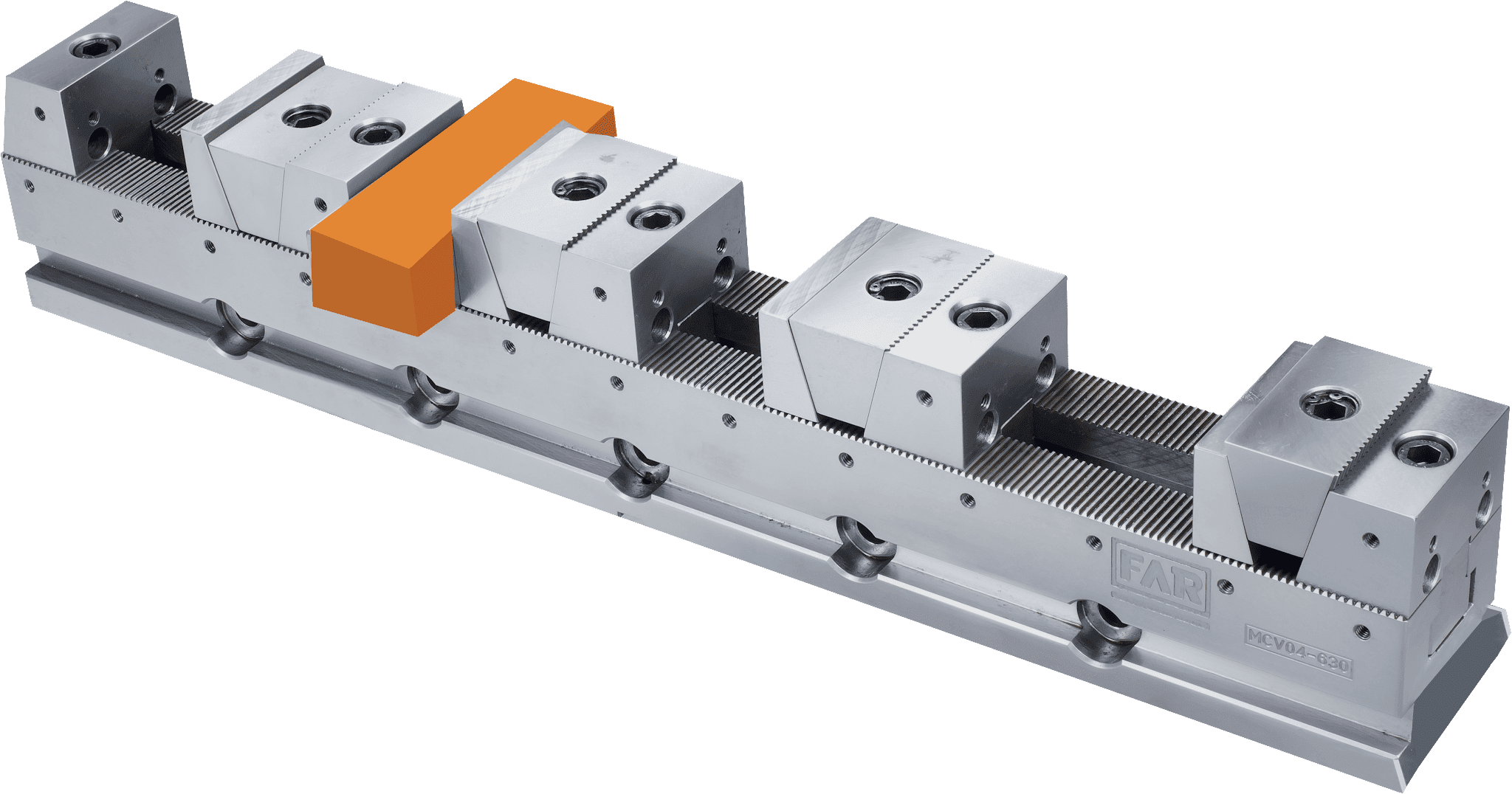Applications of Scuderi Split Cycle Engine
What is a Scuderi Split Cycle Engine: A Scuderi Split Cycle Engine is a type of split-cycle internal combustion engine. It has two cylinders, each with its crankshaft and camshafts. The Combustion chamber and compressor are combined to form a complete system. The pistons are connected to the crankshaft via connecting rods that are attached …



